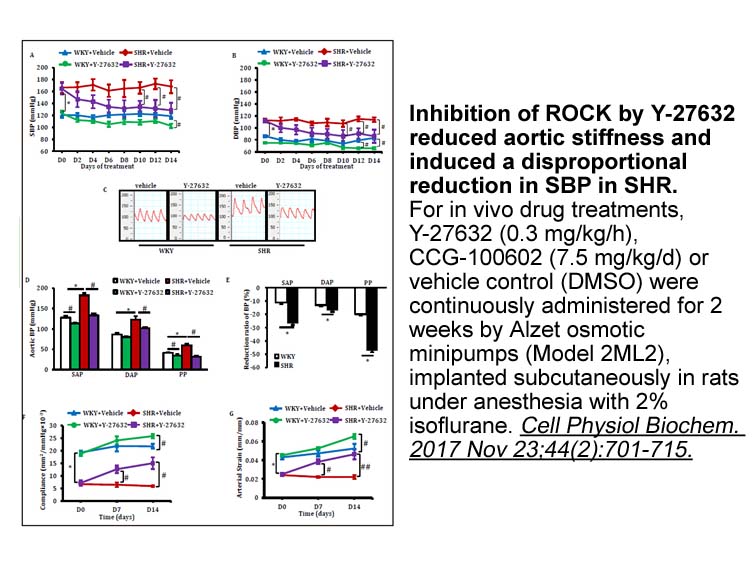Archives
Estrogen exerts its genomic action via estrogen
Estrogen exerts its genomic action via 2-Deoxyadenosine 5-diphosphate nuclear receptor: ERα and ERβ. The distribution of ERα and/or ERβ positive neurons in CNS of different species has been mapped extensively by various methods [41], [42], [43], [44], [45], [46], [47], [48], [49], [50], although there are some differences between species, most studies revealed that ERα- and ERβ-positive neurons were found  in dorsal horn and area X of the spinal cord, and were most numerous in lower lumbar and sacral segments [44], [45], [46], [47], [48], [49]. Few researchers found ERα and ERβ expression in laminae IX of the spinal cord [45], [46], [50]. But studies have shown that motor neuron hybrid cell lines and embryonic spinal cord motor neurons express ERα and ERβ [40], [51]. In the present study, we found that both ERα and ERβ immunopositive neurons are present in all laminae of transverse spinal cord including IX [42], [44], [50], with darkly stained neurons found in the dorsal horn.
A separate path by which estrogen acts is mediated by G-protein coupled receptor 30 (GPR30).GPR30 is an orphan G protein coupled receptor and membrane e
in dorsal horn and area X of the spinal cord, and were most numerous in lower lumbar and sacral segments [44], [45], [46], [47], [48], [49]. Few researchers found ERα and ERβ expression in laminae IX of the spinal cord [45], [46], [50]. But studies have shown that motor neuron hybrid cell lines and embryonic spinal cord motor neurons express ERα and ERβ [40], [51]. In the present study, we found that both ERα and ERβ immunopositive neurons are present in all laminae of transverse spinal cord including IX [42], [44], [50], with darkly stained neurons found in the dorsal horn.
A separate path by which estrogen acts is mediated by G-protein coupled receptor 30 (GPR30).GPR30 is an orphan G protein coupled receptor and membrane e strogen receptor, and is expressed in many CNS regions, including spinal cord ventral horn [52], [53], [54]. GPR30 can trigger rapid non-genomic signaling independent of ERα and ERβ. By activating the pro-survival kinases, Akt and extracellular regulated kinase (ERK), and decreasing pro-apototic JNK activation, GPR30 exert significant neuroprotection in acute and chronic spinal cord injury. Immunohistochemical studies found that a population of neurons in the ventral horn was GPR30-immunoreactive. Unlike the genomic estrogen receptors, GPR30 was detected in the cytoplasm. Using a double immuno-staining approach, we found obvious co-localization of SMI-32 and GPR30 in the ventral horn, all of these are in line with previous findings in rat and other animals [52], [53].
strogen receptor, and is expressed in many CNS regions, including spinal cord ventral horn [52], [53], [54]. GPR30 can trigger rapid non-genomic signaling independent of ERα and ERβ. By activating the pro-survival kinases, Akt and extracellular regulated kinase (ERK), and decreasing pro-apototic JNK activation, GPR30 exert significant neuroprotection in acute and chronic spinal cord injury. Immunohistochemical studies found that a population of neurons in the ventral horn was GPR30-immunoreactive. Unlike the genomic estrogen receptors, GPR30 was detected in the cytoplasm. Using a double immuno-staining approach, we found obvious co-localization of SMI-32 and GPR30 in the ventral horn, all of these are in line with previous findings in rat and other animals [52], [53].
Acknowledgements